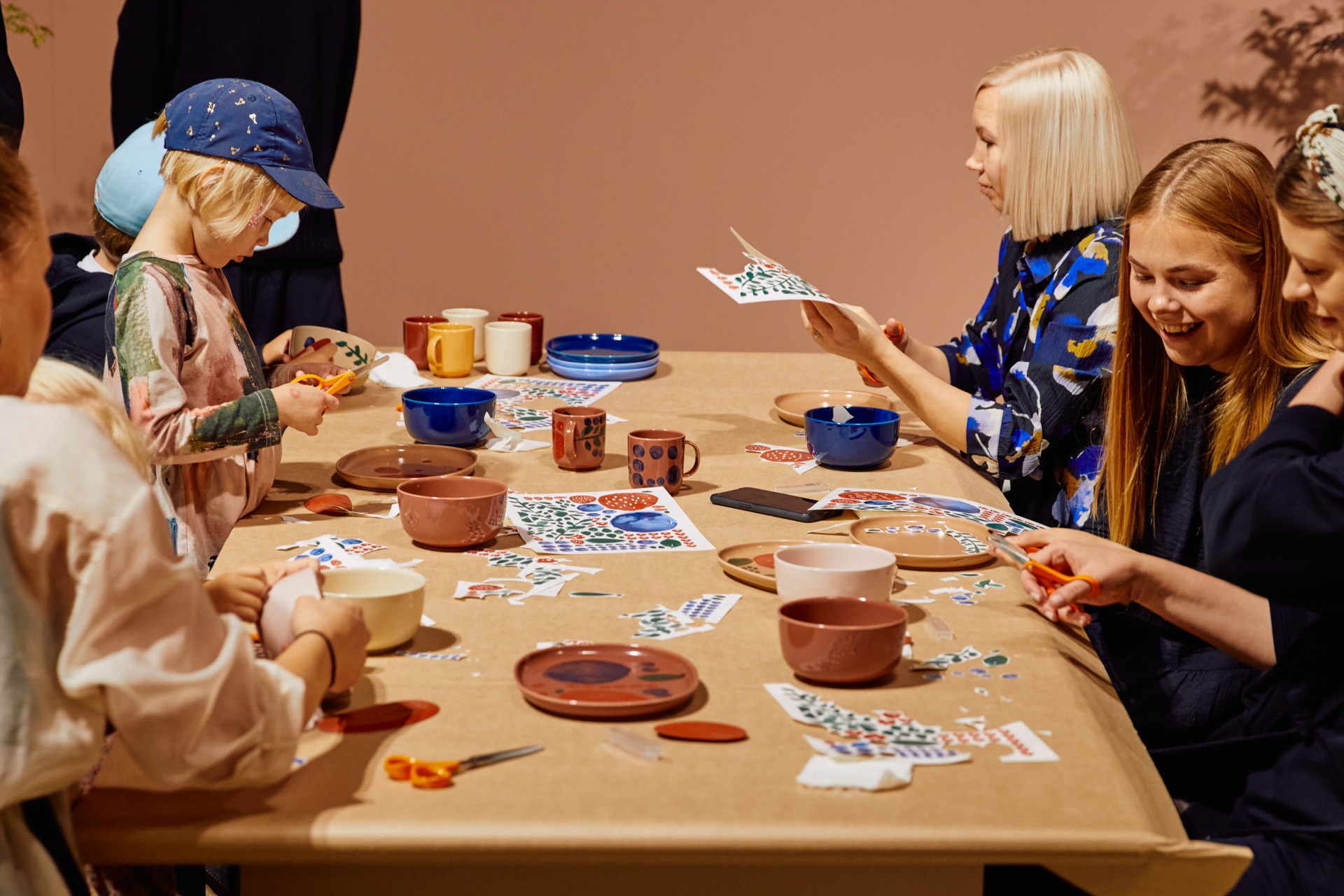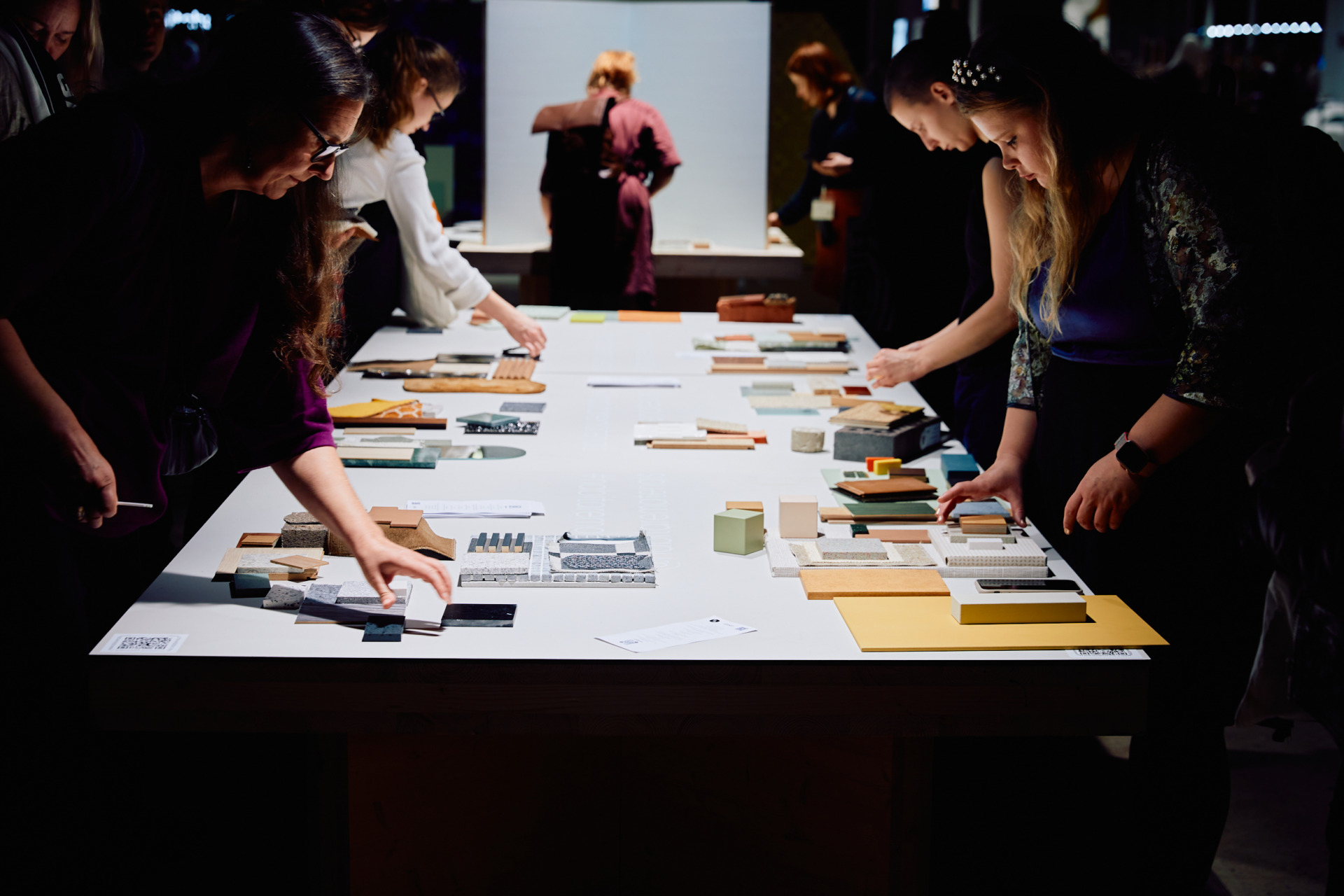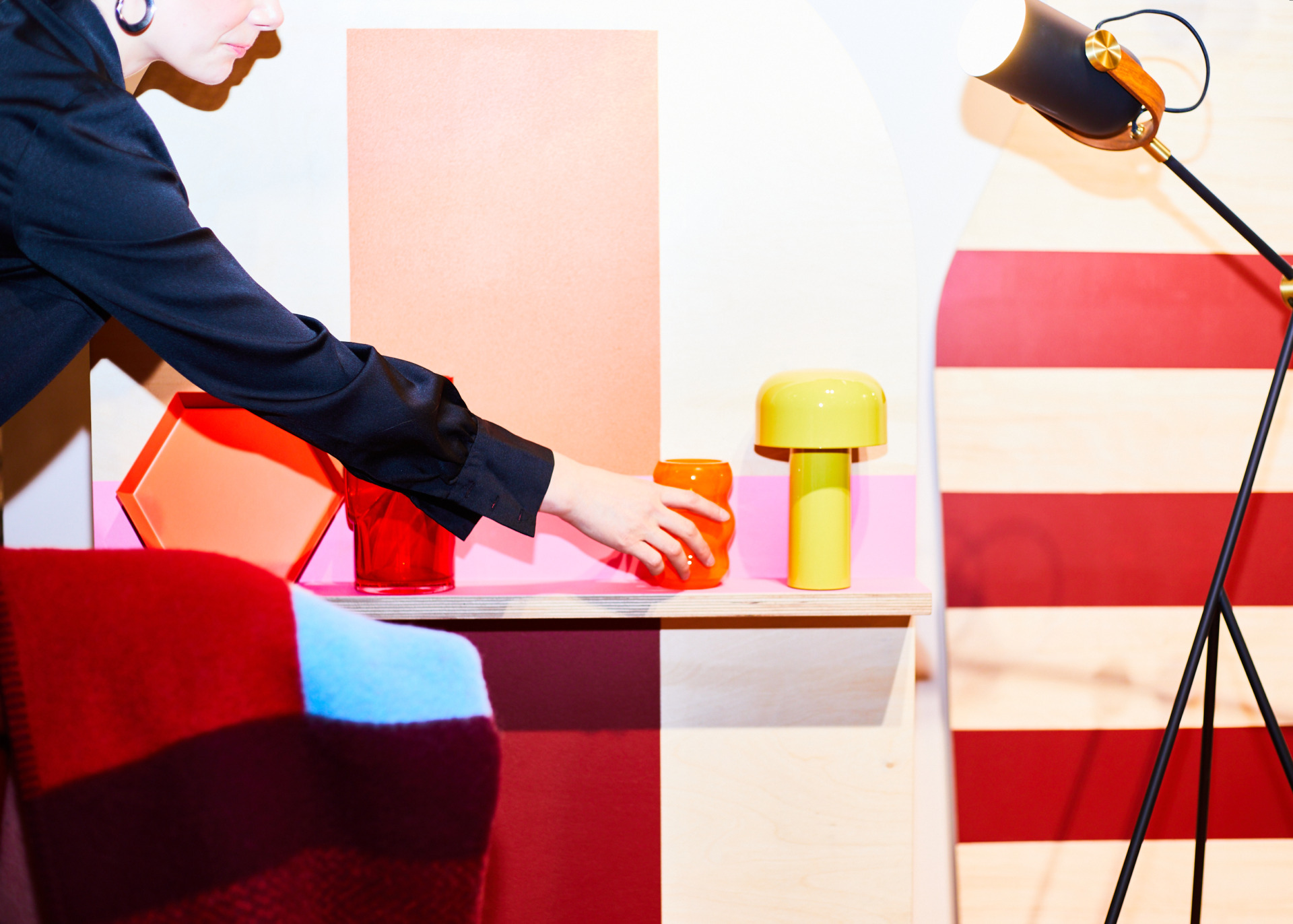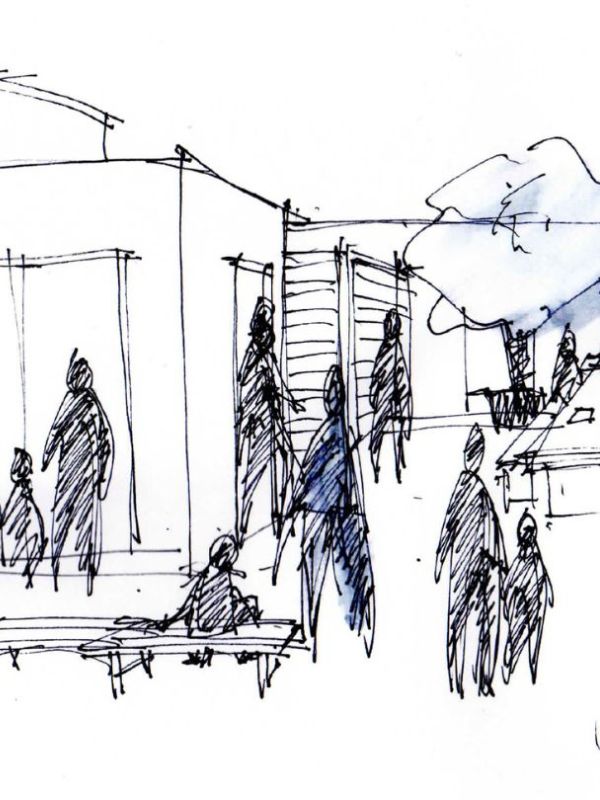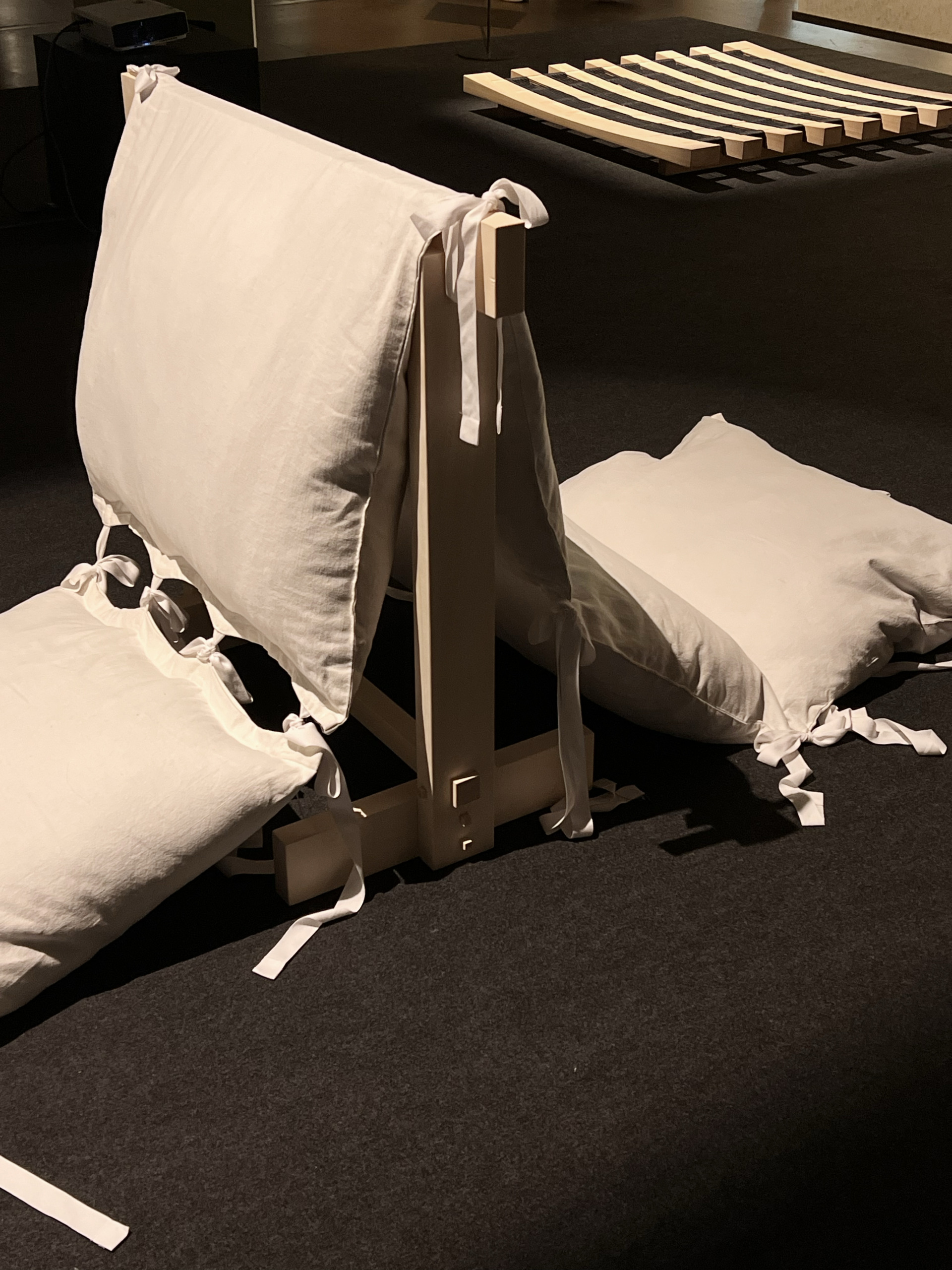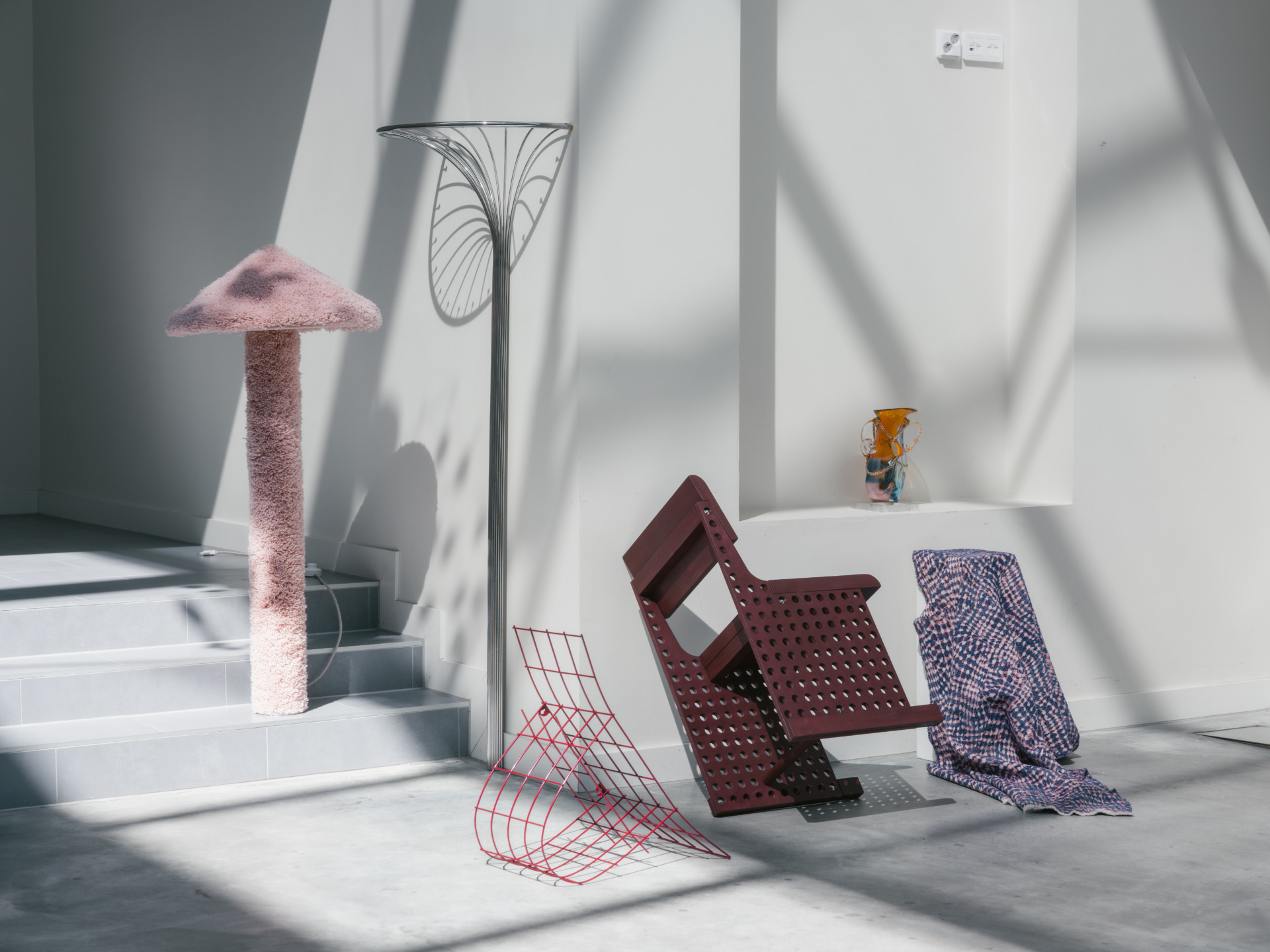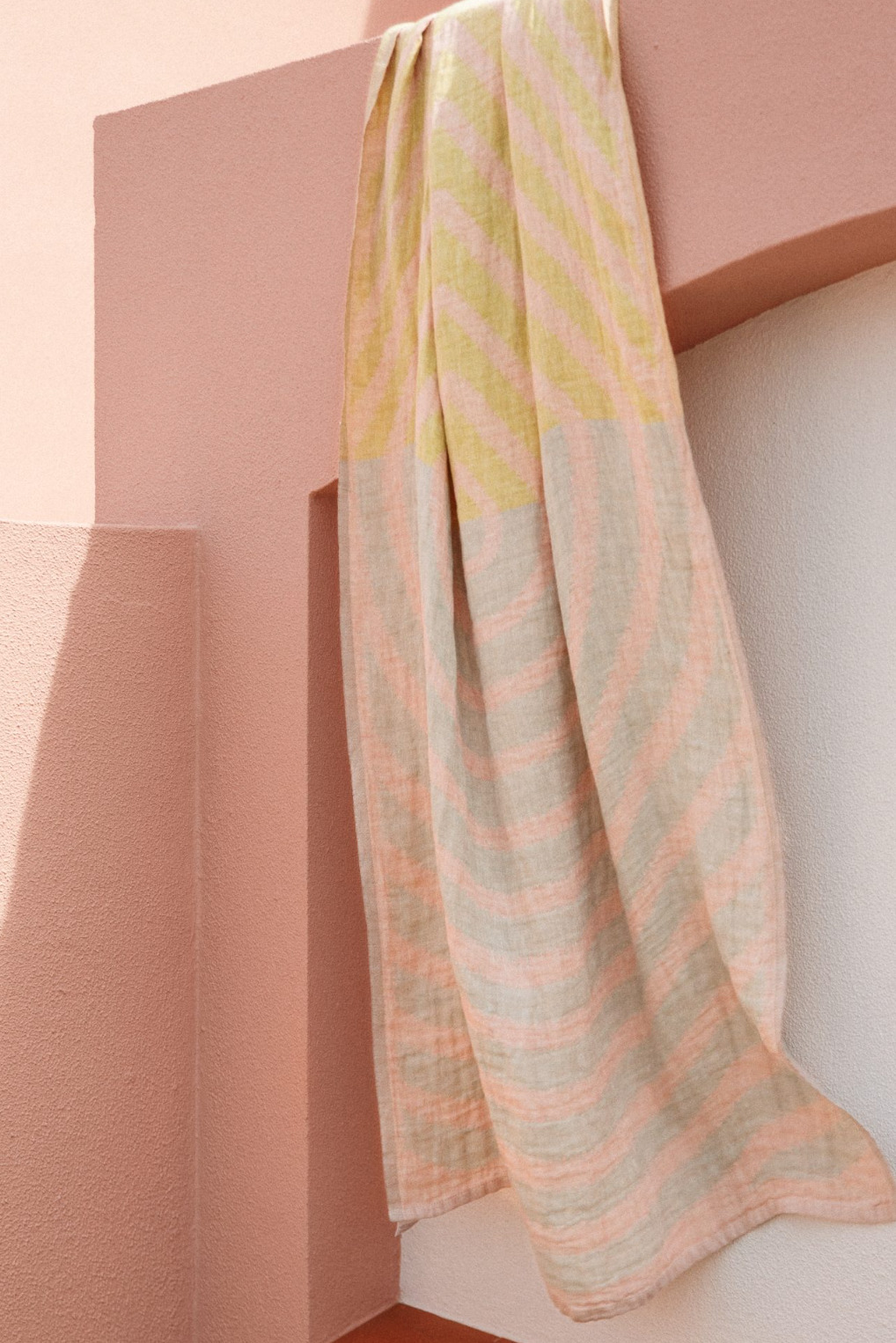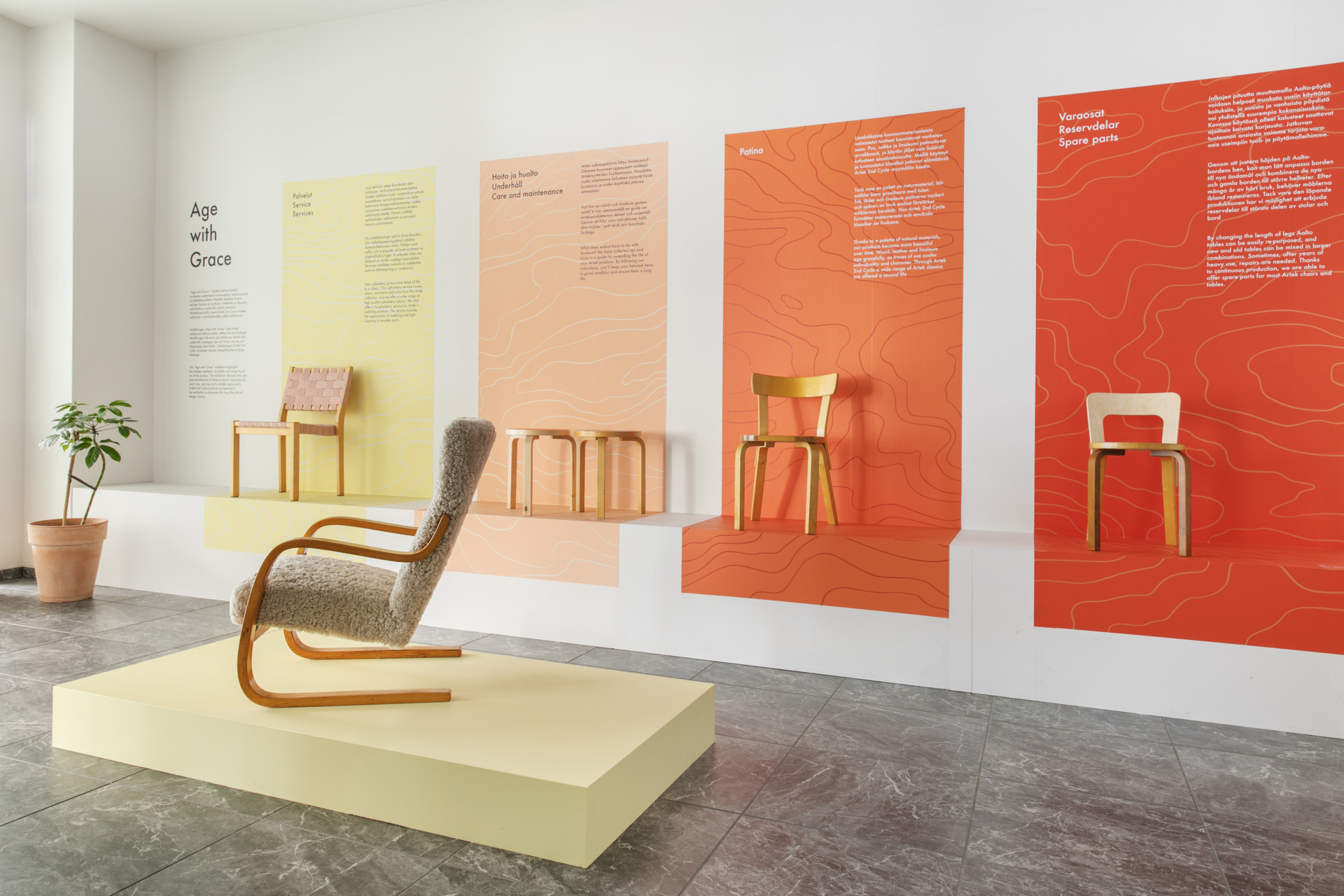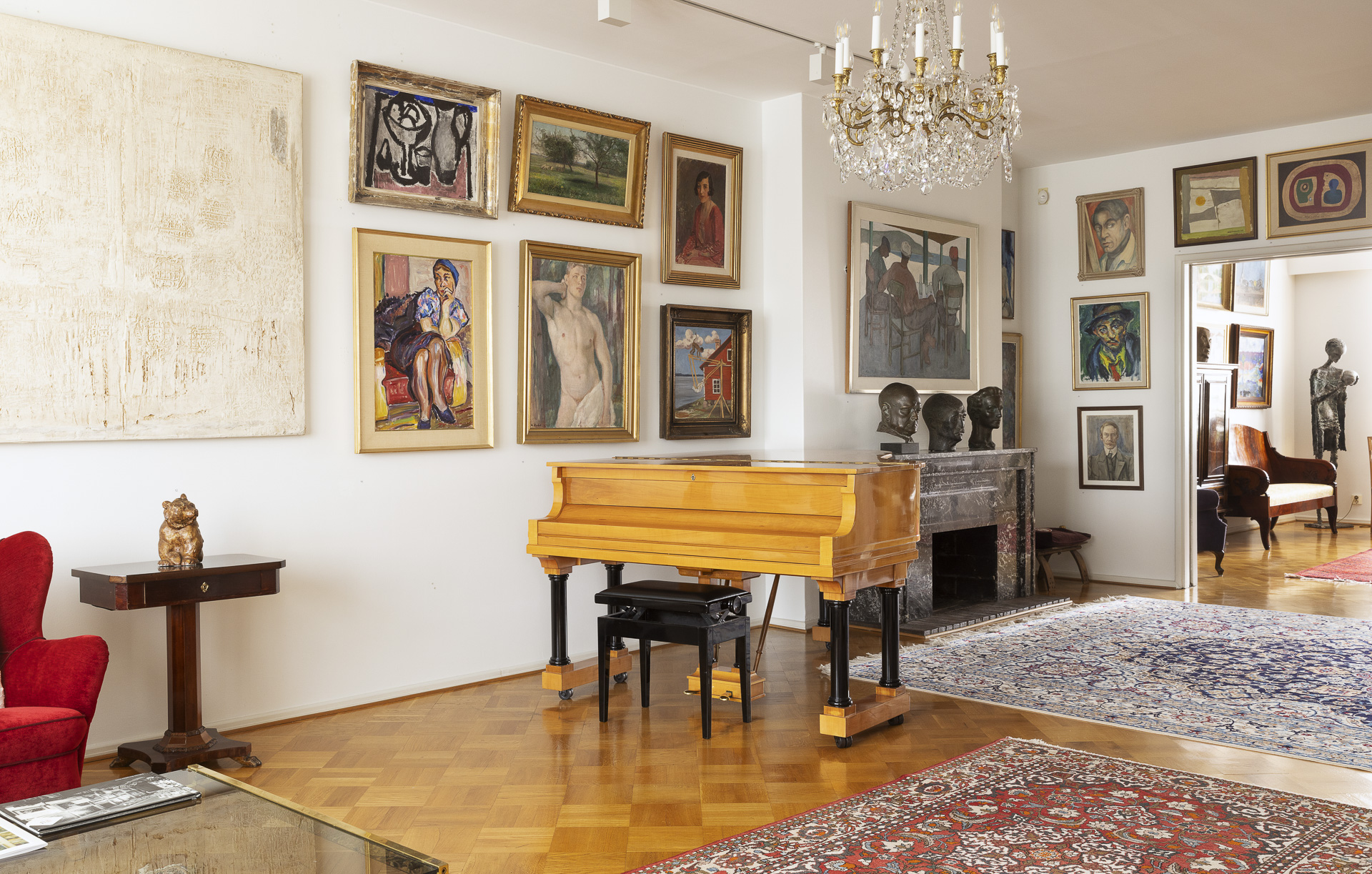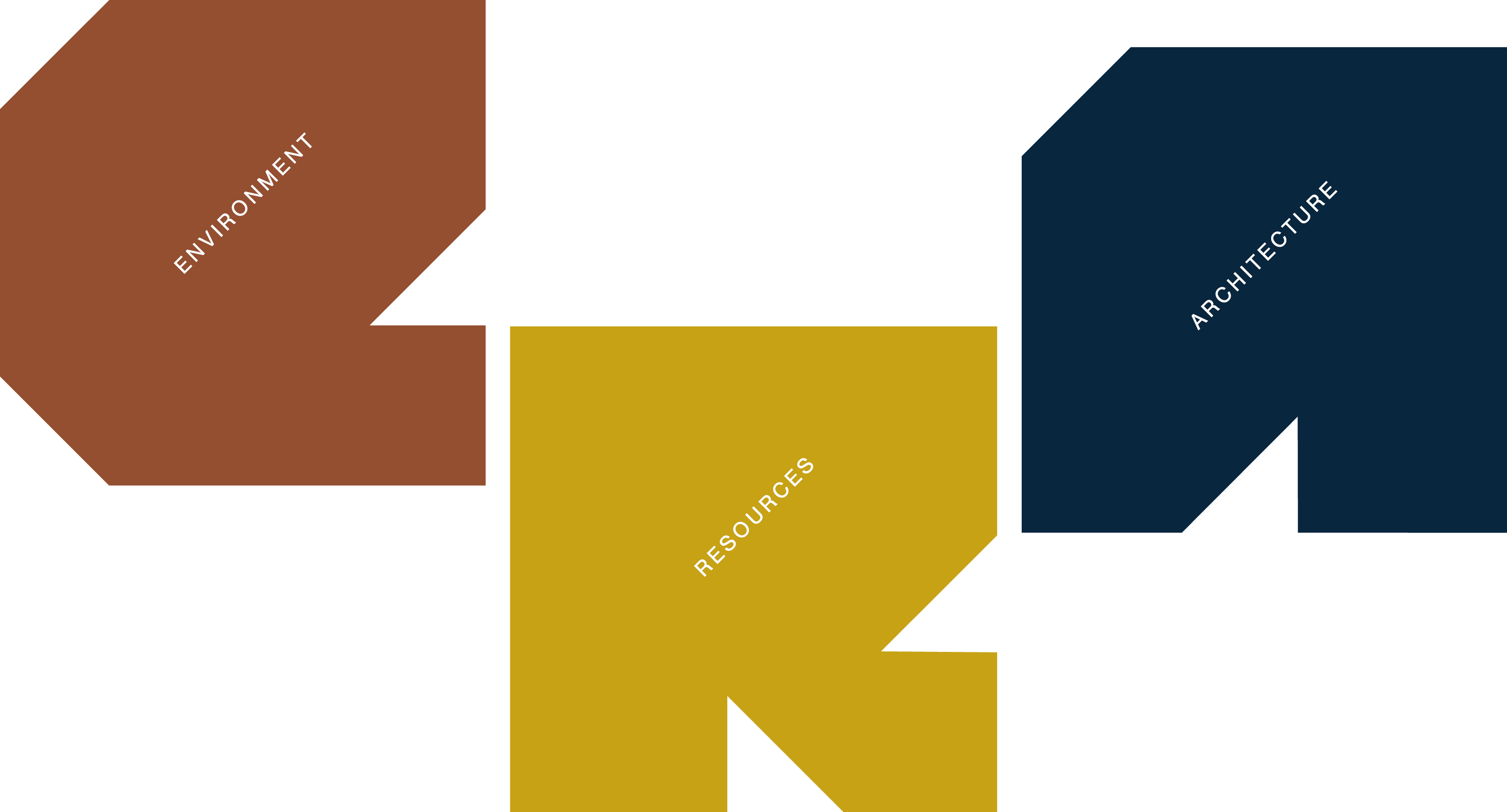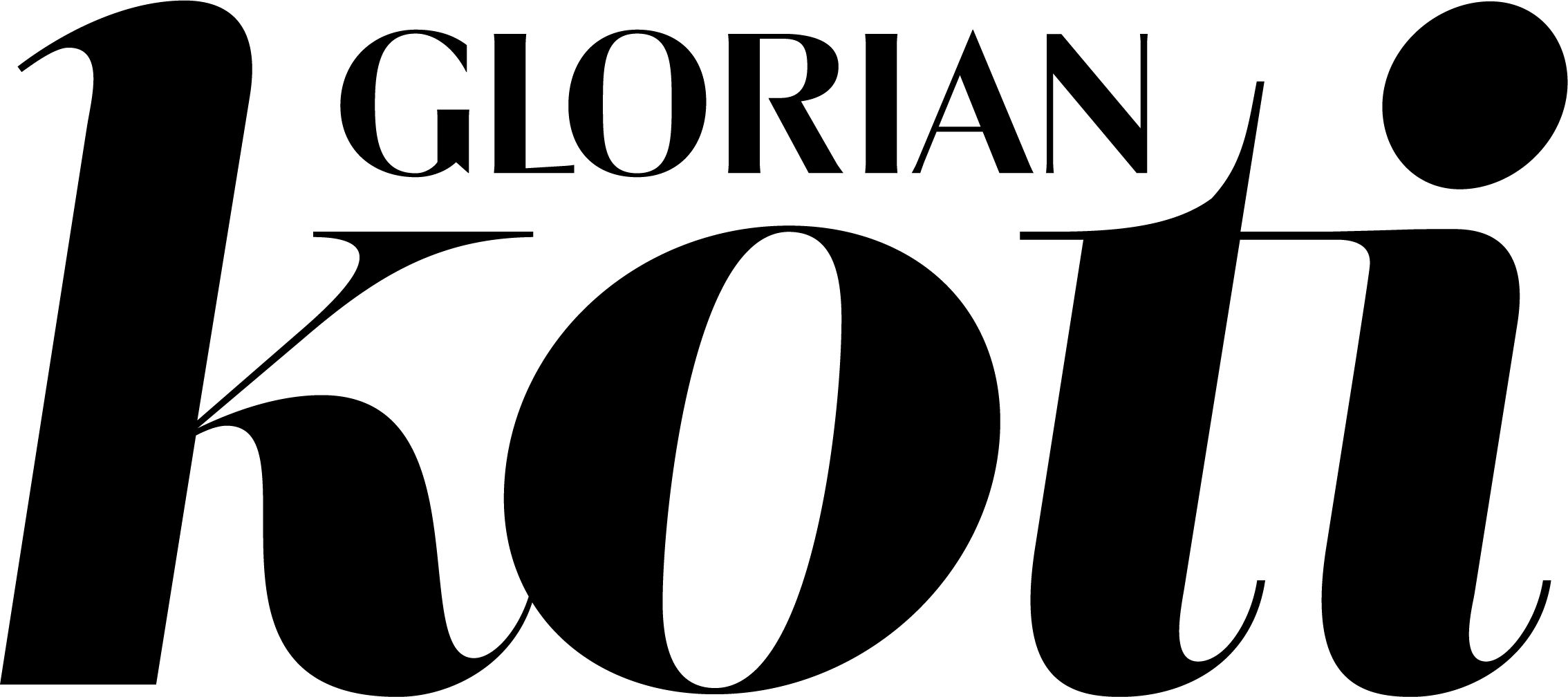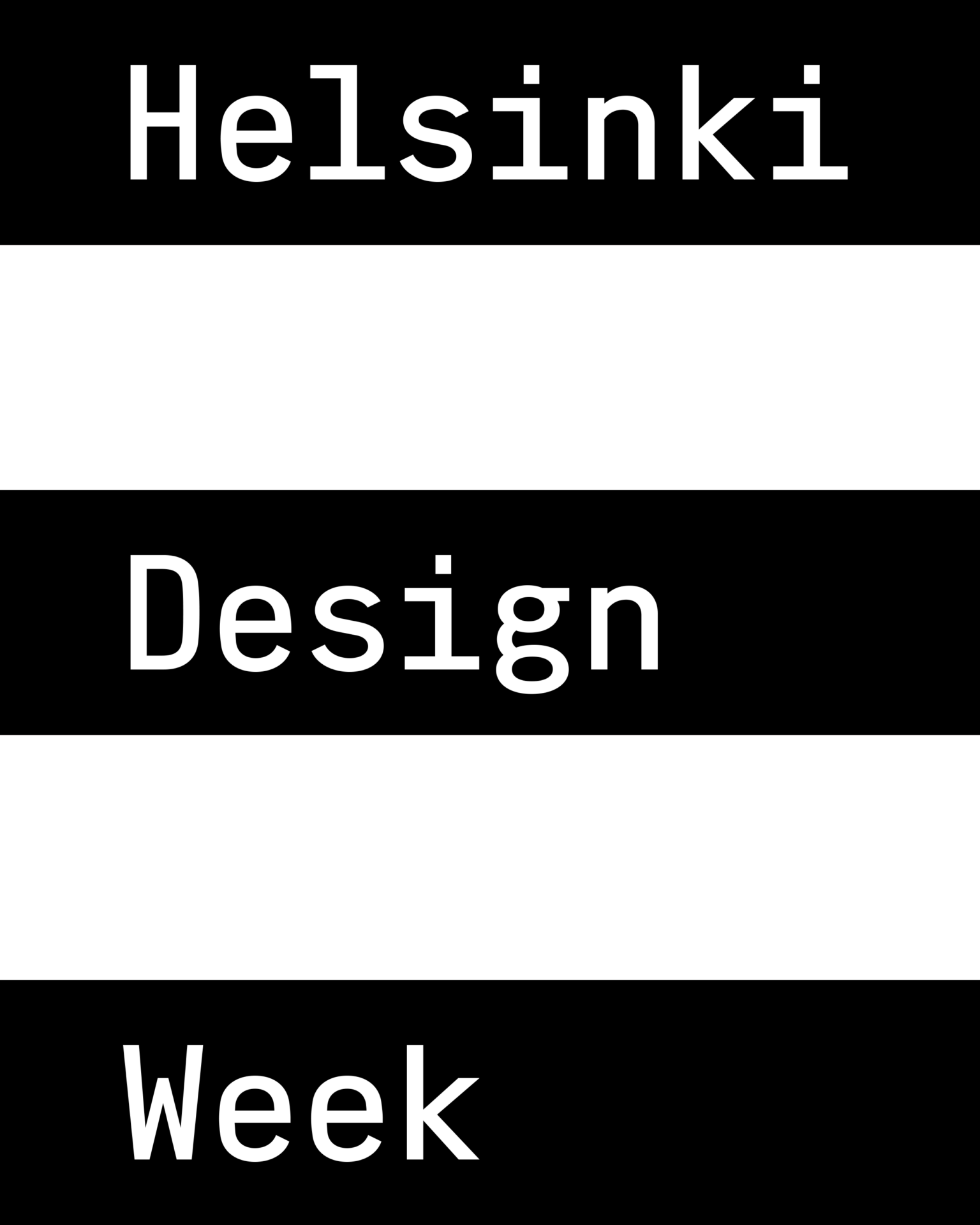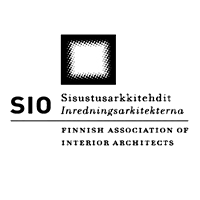
Habitare
10.–14.9.2025
Helsingin Messukeskus
ke 9–18 (9–12 ammattilaiset ja media)
to 10–19
pe 10–20
la–su 10–18
Pohjoismaiden johtava huonekalu-, muotoilu- ja sisustustapahtuma
Habitare tuo yhteen muotoilun ja sisustuksen ystävät ja ammattilaiset sekä yli 400 alan yritystä ja toimijaa.
Habitaressa 2024 vieraili viiden päivän aikana 45 300 kävijää.
Habitaren 2025 teema, Koskettaa/Touch, tutustuu inhimilliseen tarpeeseemme kokea, koskea ja tunnustella asioita. Se kehottaa tutkimaan moniaistillisesti tiloja, valjastamaan aidon uteliaisuuden osaksi kokemusta ja löytämään pinnoista tunteen.
111
päivää
11
tuntia
16
minuuttia
04
sekuntia
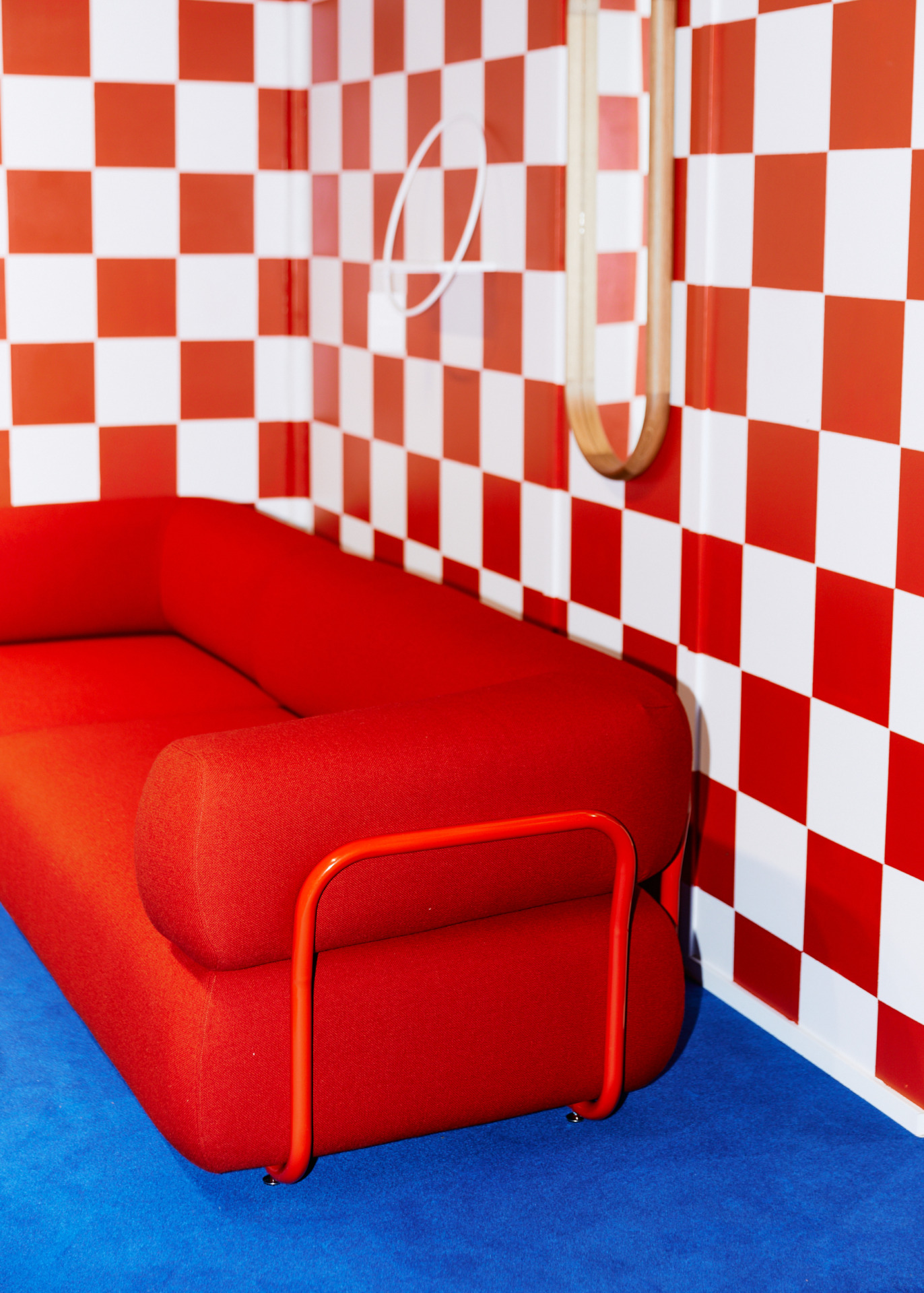
Alueet
Tutustu Habitare 2025 alueisiin.
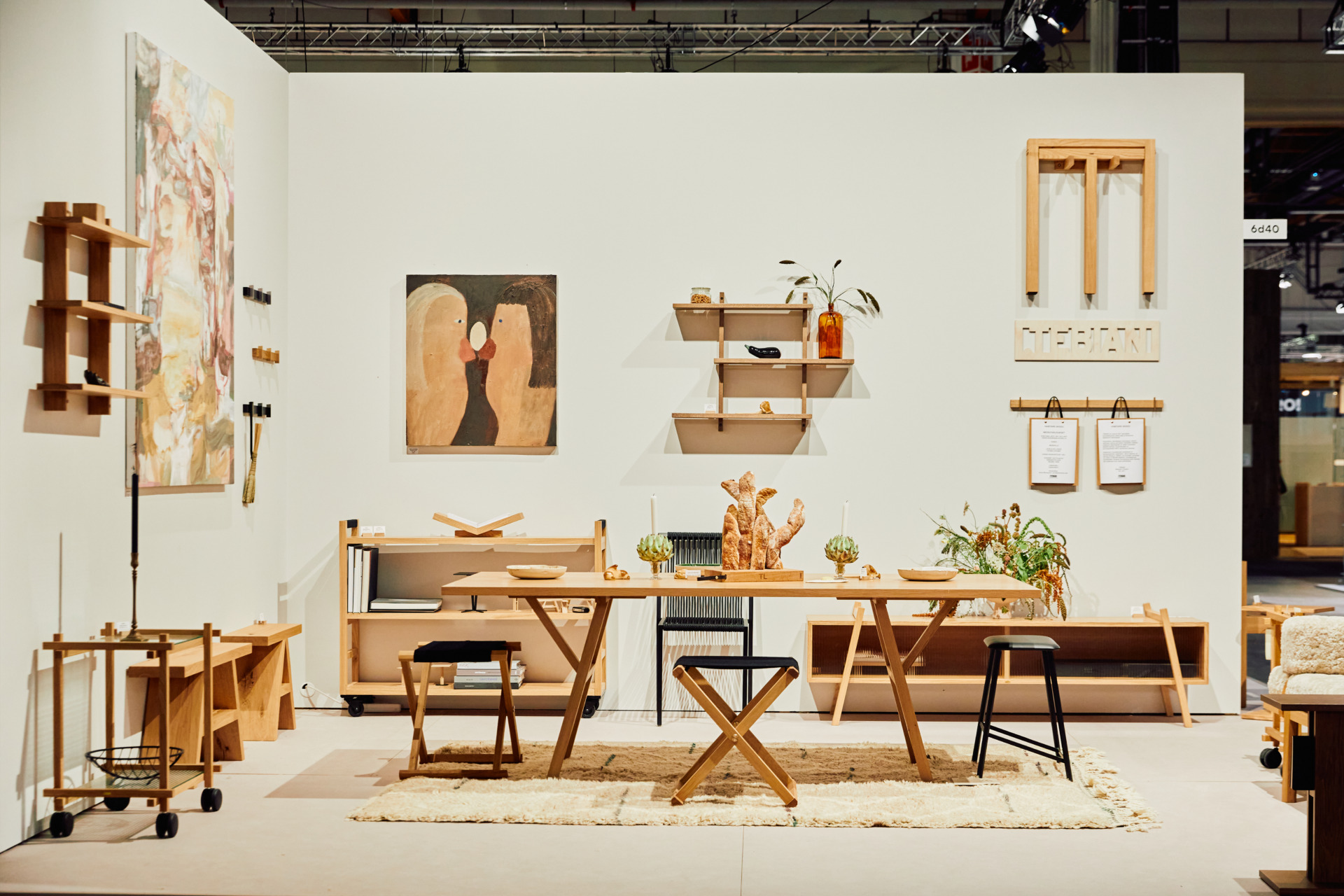
Mukana tapahtumassa
Näytteilleasettajat mukana Habitaressa 2025.

Ohjelma
Habitaren 2025 ohjelma on julkaistu.
Ajankohtaista

2025 ensimmäiset keynote-puhujat on julkaistu

Habitare Materials & Objects nähdään Milanon designviikolla huhtikuussa

Habitare Naapurit -alueen 2025 suunnittelee Laura Seppänen
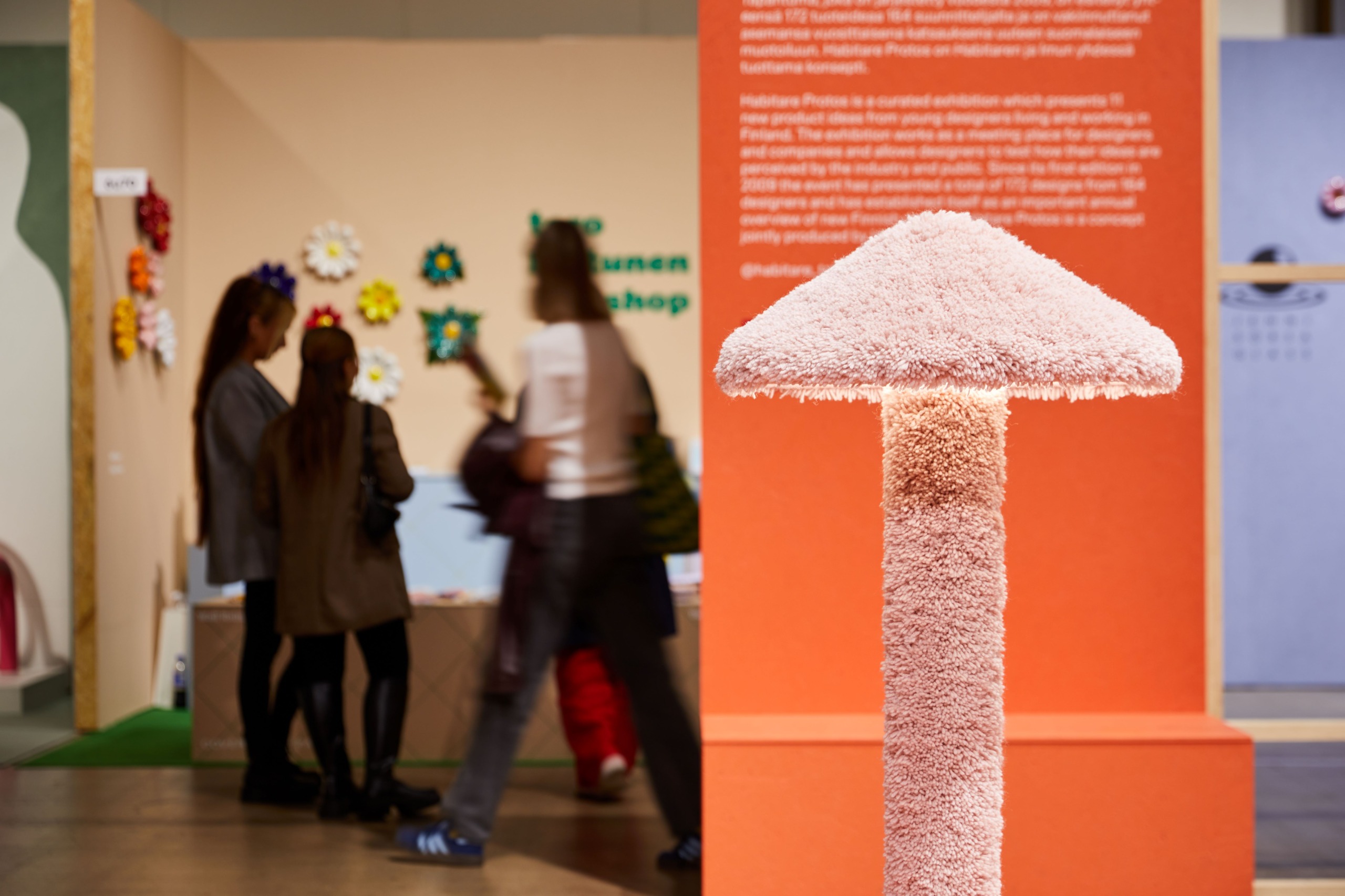
Haku vuoden 2025 Habitare Talents – ja Habitare Protos -näyttelyihin on avattu!
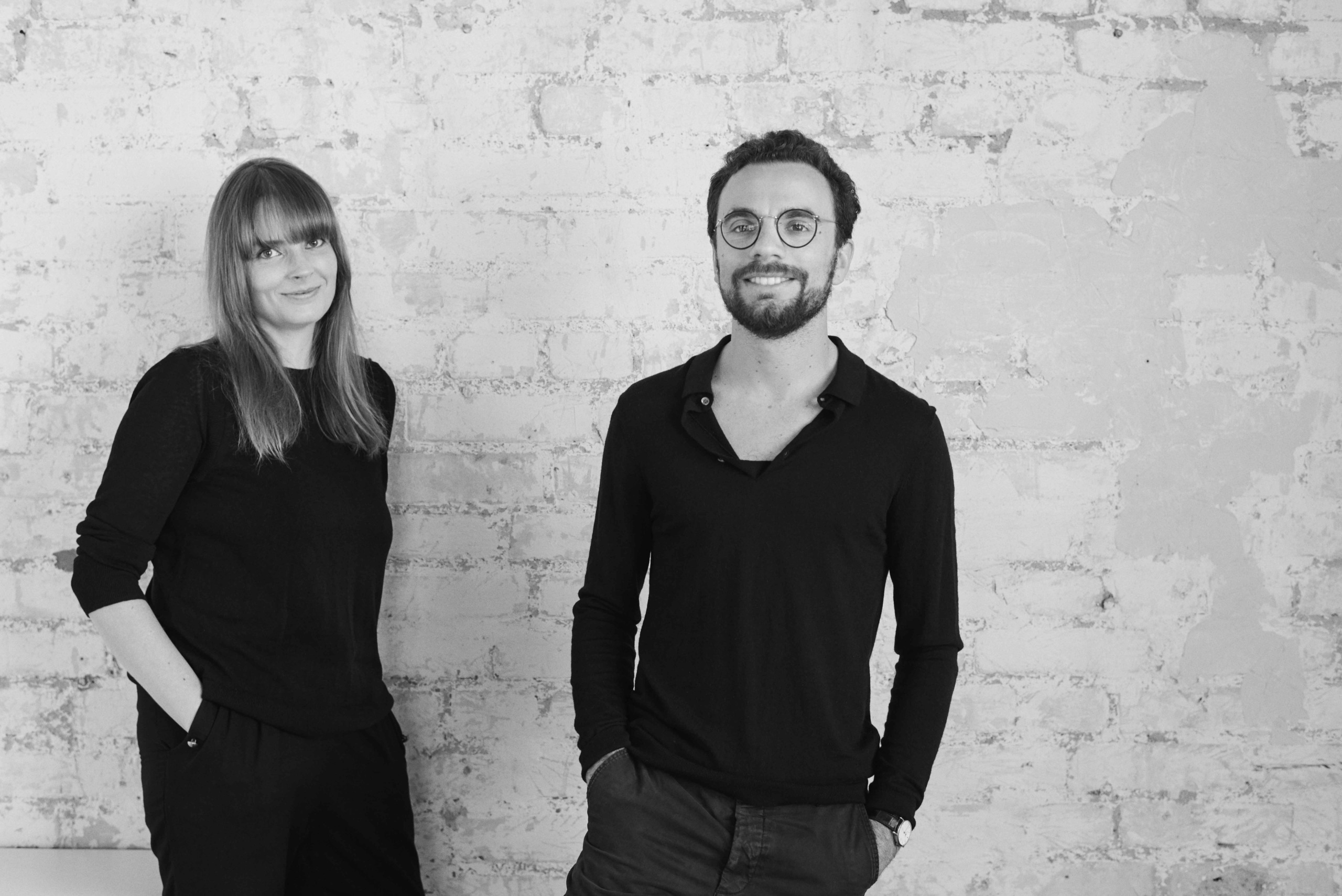
Habitaren 2025 teemanäyttelyn suunnittelee Collaboratorio
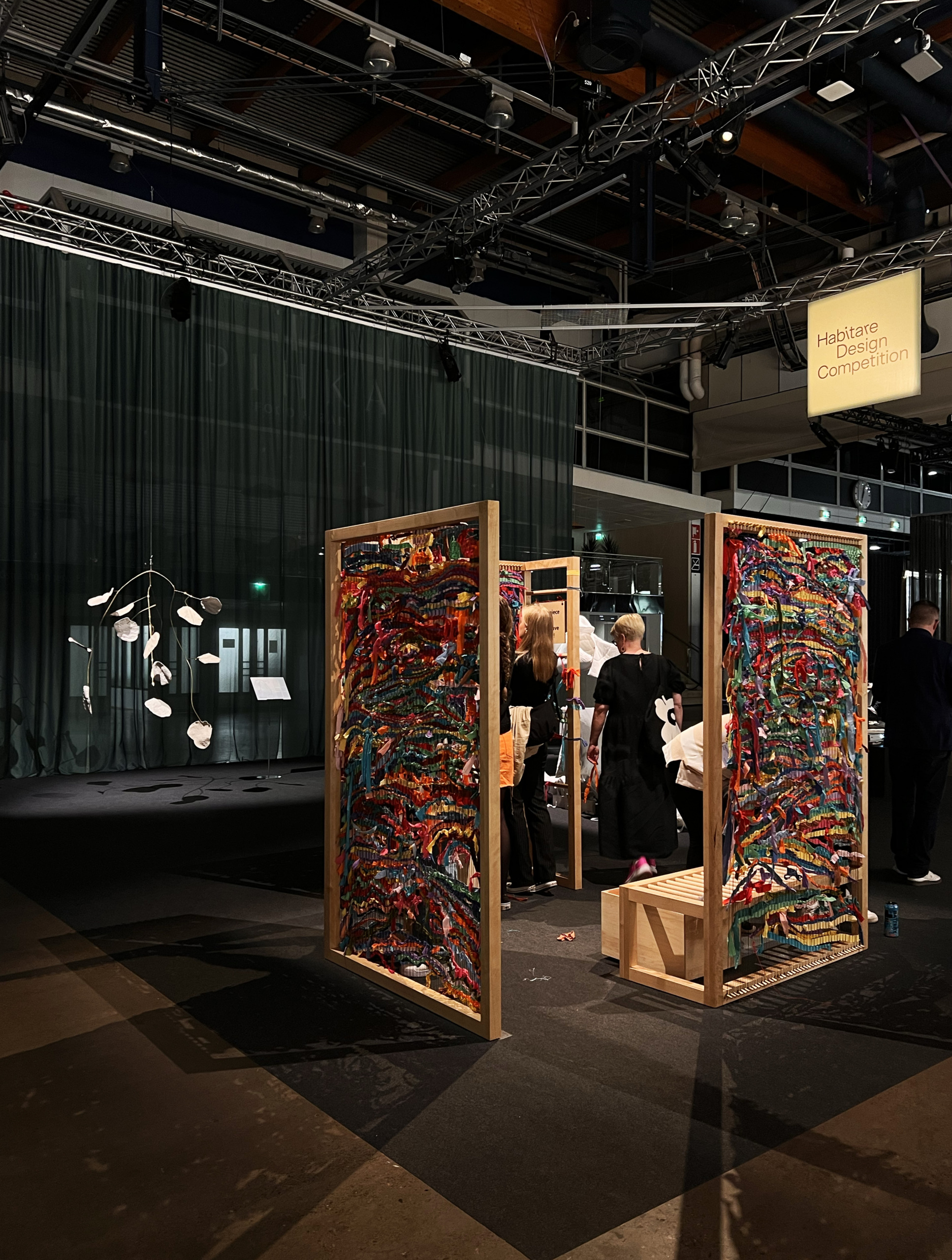
Habitare-suunnittelukilpailu 2025 on avautunut!

Habitaren 2025 teema, Koskettaa/Touch, tutustuu inhimilliseen tarpeeseemme koskea ja tunnustella asioita.
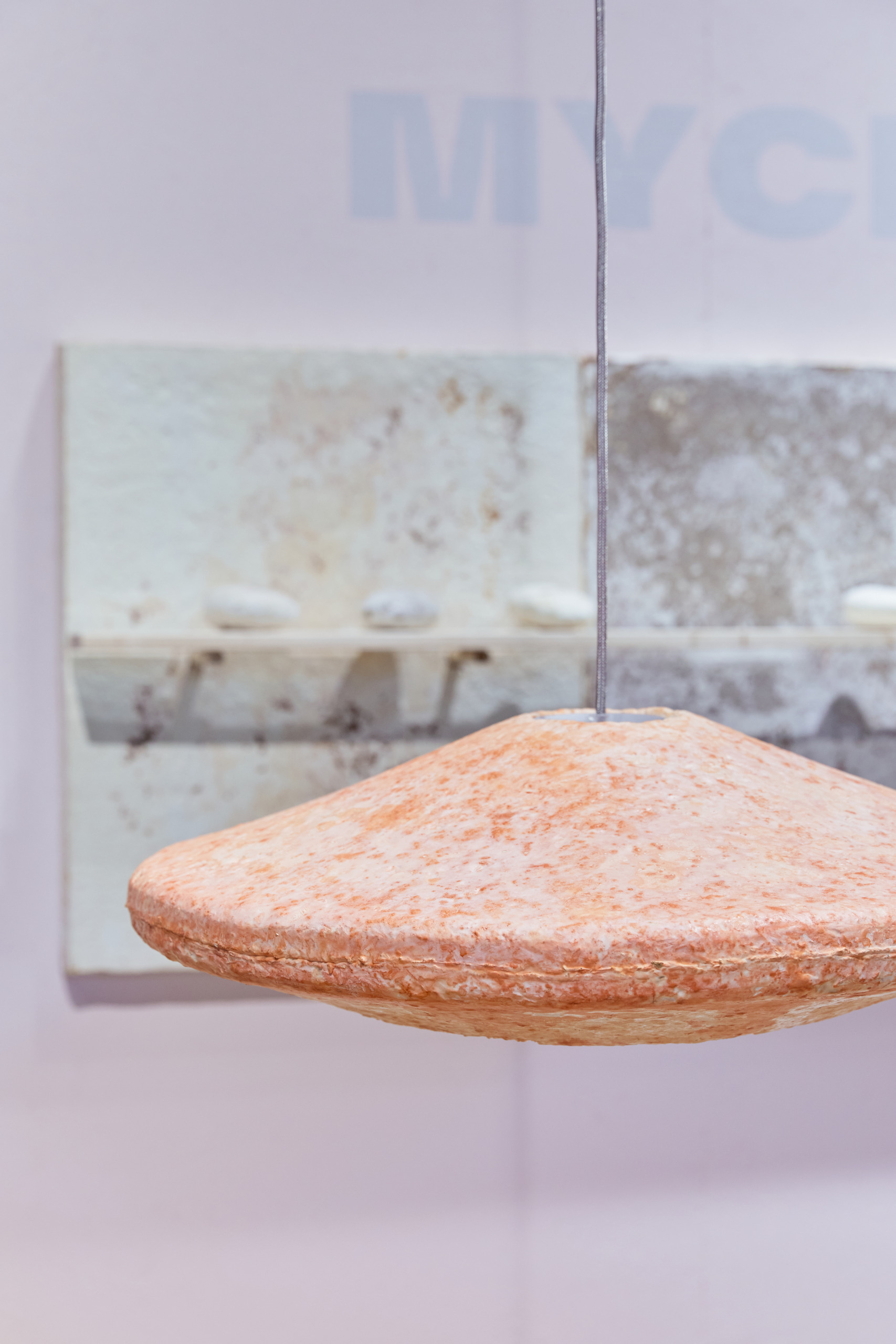
Habitare Selection – Vuoden 2024 paras osasto, tuote ja mielenkiintoisin ilmiö on valittu
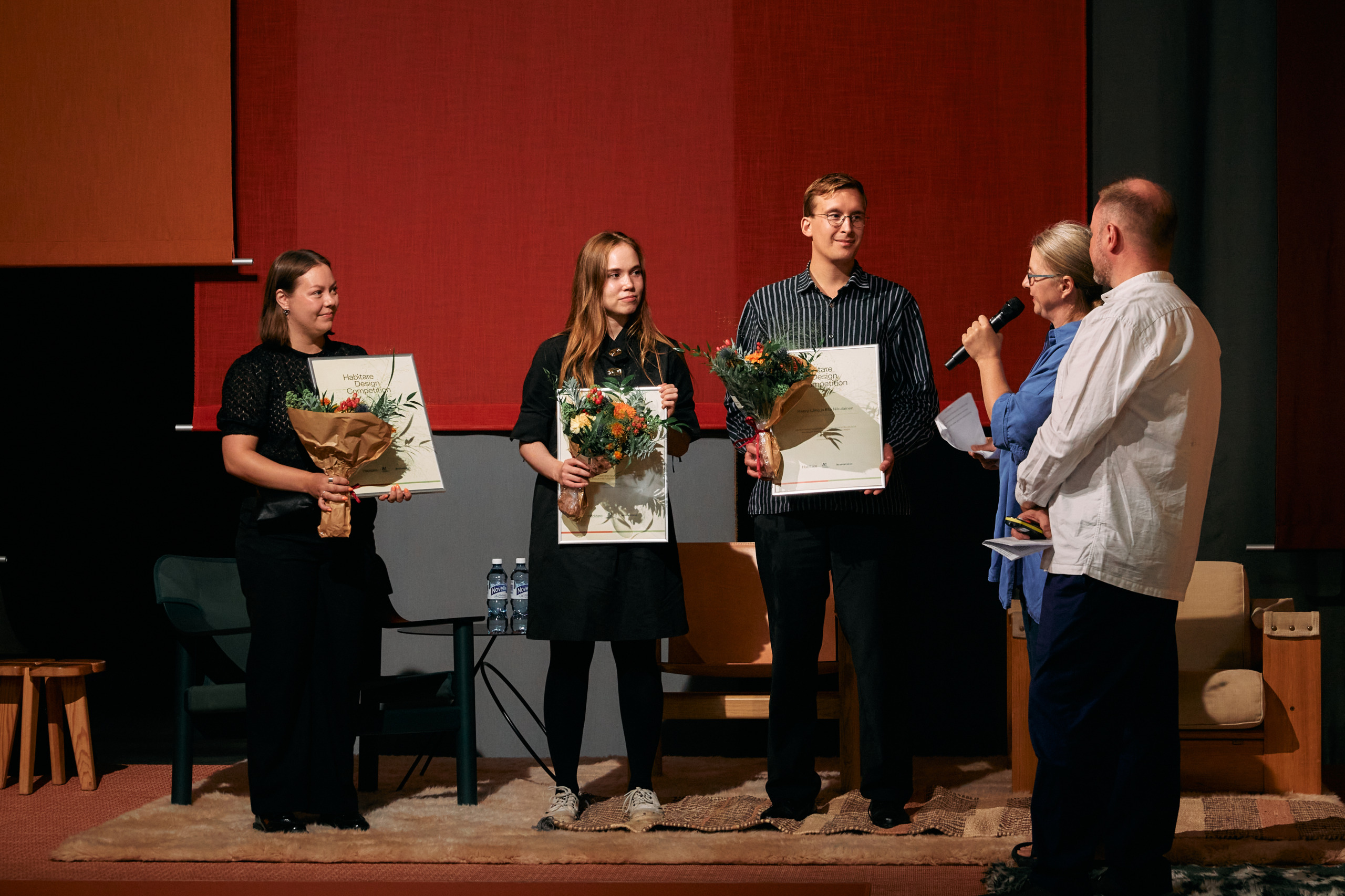
Habitare-suunnittelukilpailun 2024 voittajat on julkistettu
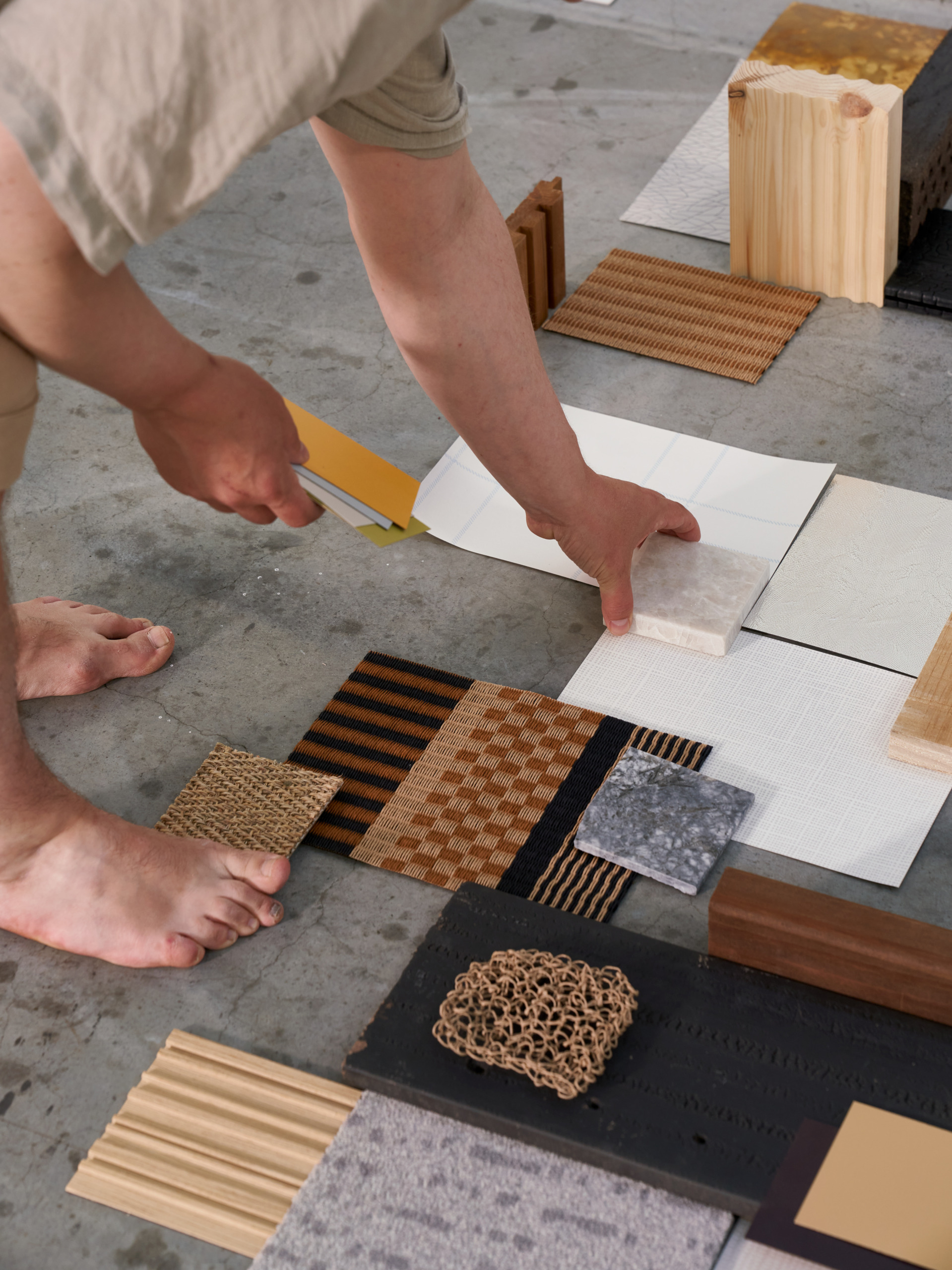
Tänä vuonna Habitare Materialsissa nähdään epätäydellisyyttä ja keskeneräisyyttä

Helsinki Design Weekin ohjelmajohtaja Anni Korkmanin ja Habitaren Creative Lead Päivi Helanderin ohjelmatärpit

Habitare-suunnittelukilpailun 2024 viisi finalistia on julkistettu
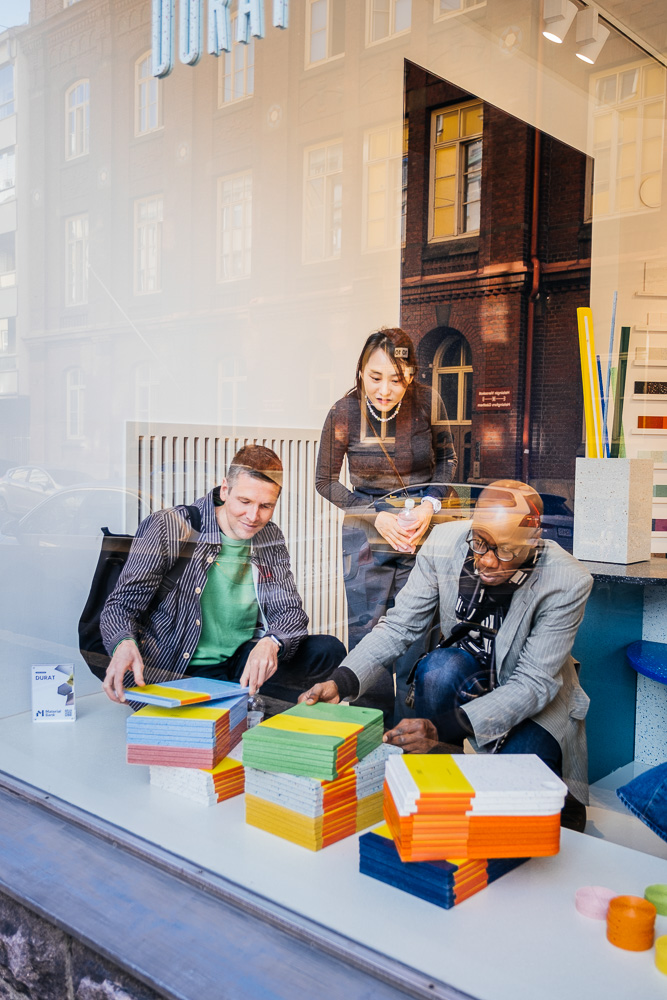
Showrooms Habitare x Helsinki Design Week – showroomit on julkistettu!
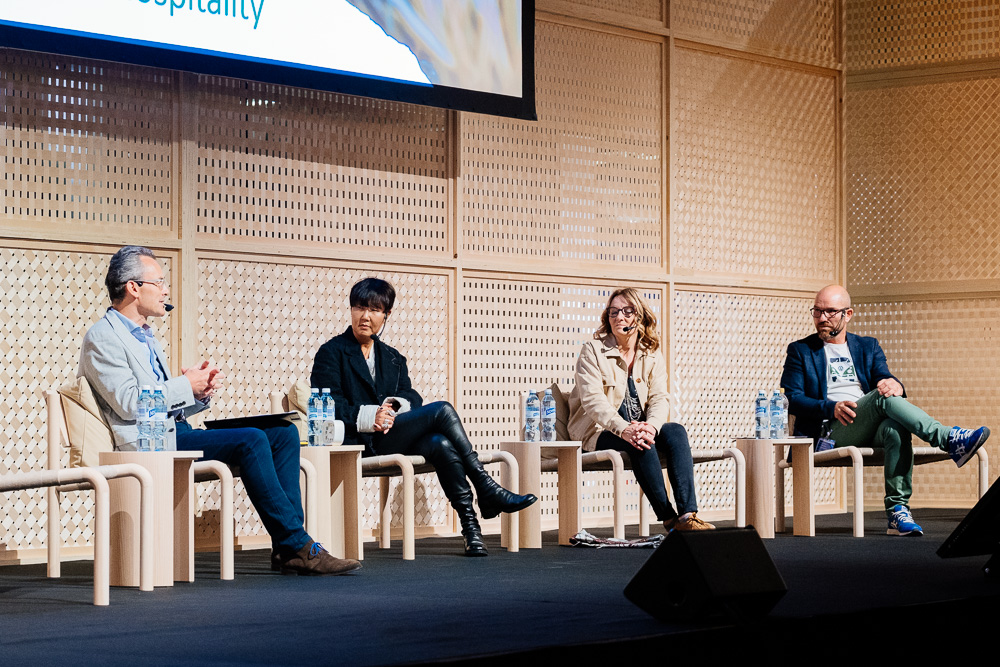
Habitaren ohjelma 2024 on julkaistu
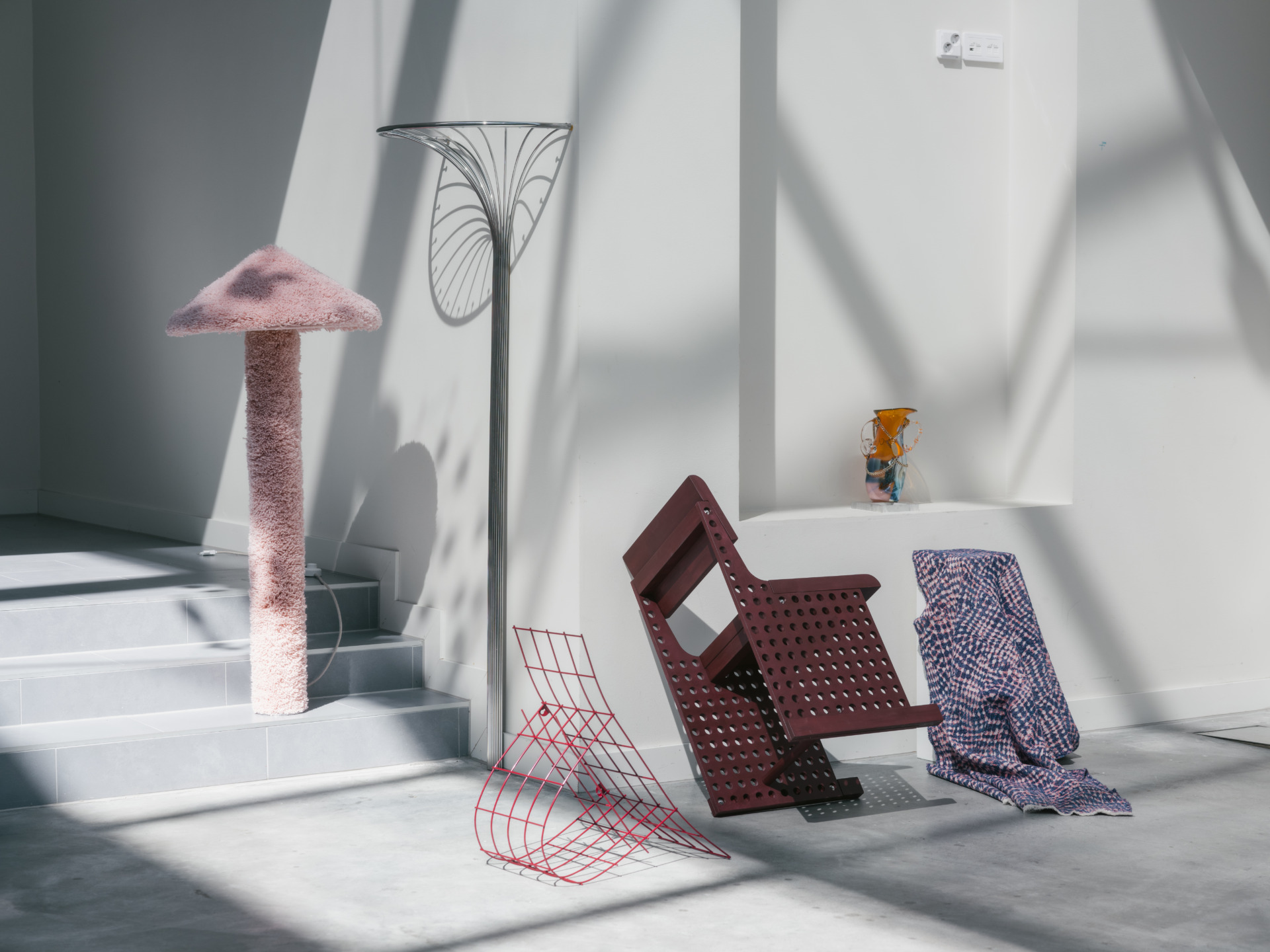
Habitare Protos 2024 suunnittelijat ja prototyypit on julkaistu
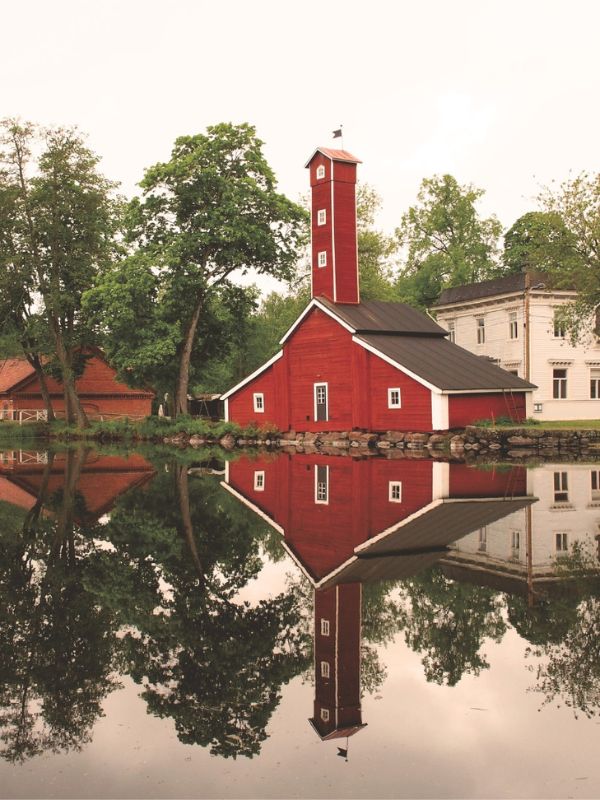
Poimi suosikkisi Habitaren kesäkohteista
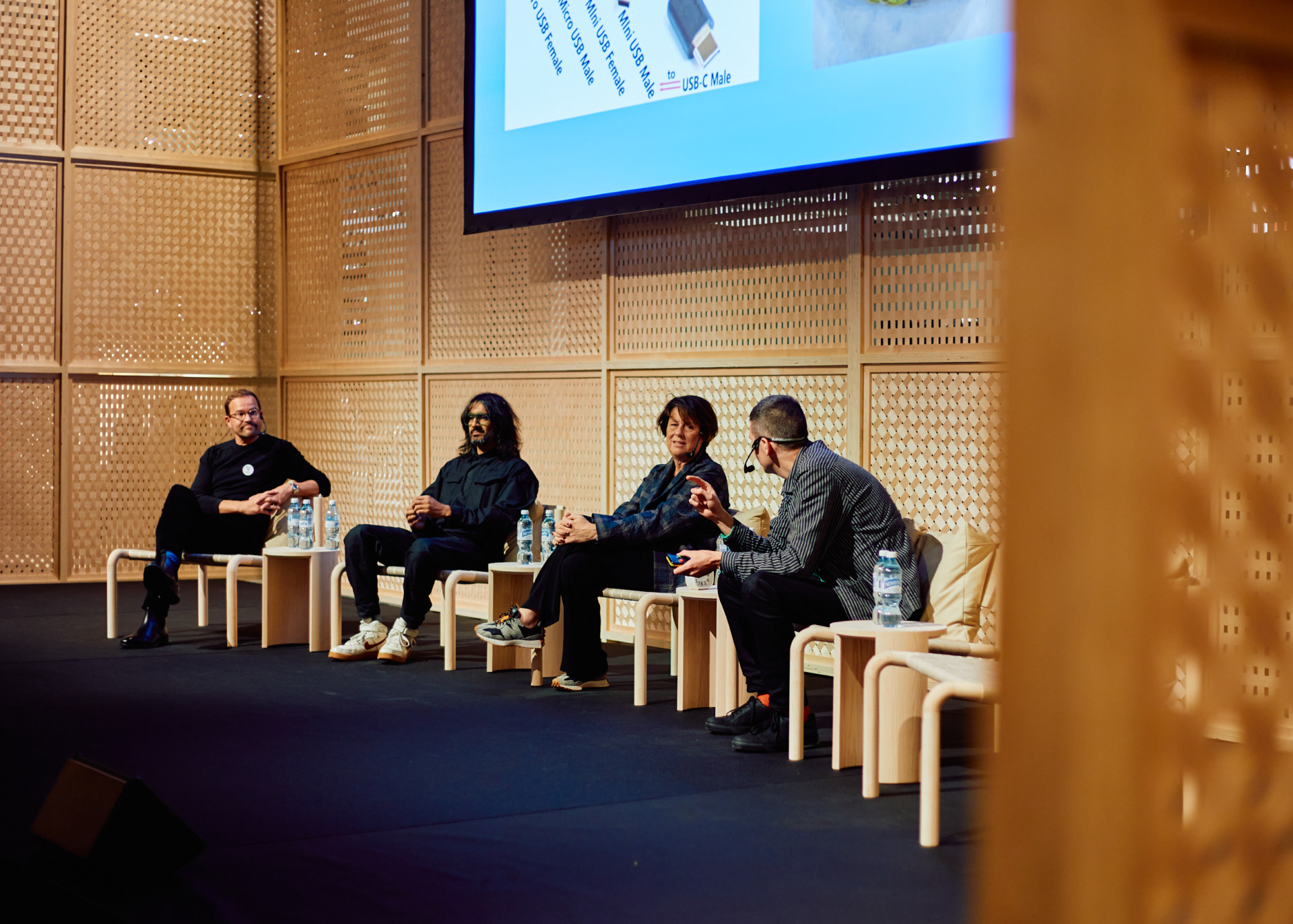
Habitaren 2024 keynote-puhujuksi pohjoismaisen muotoilun tekijöitä
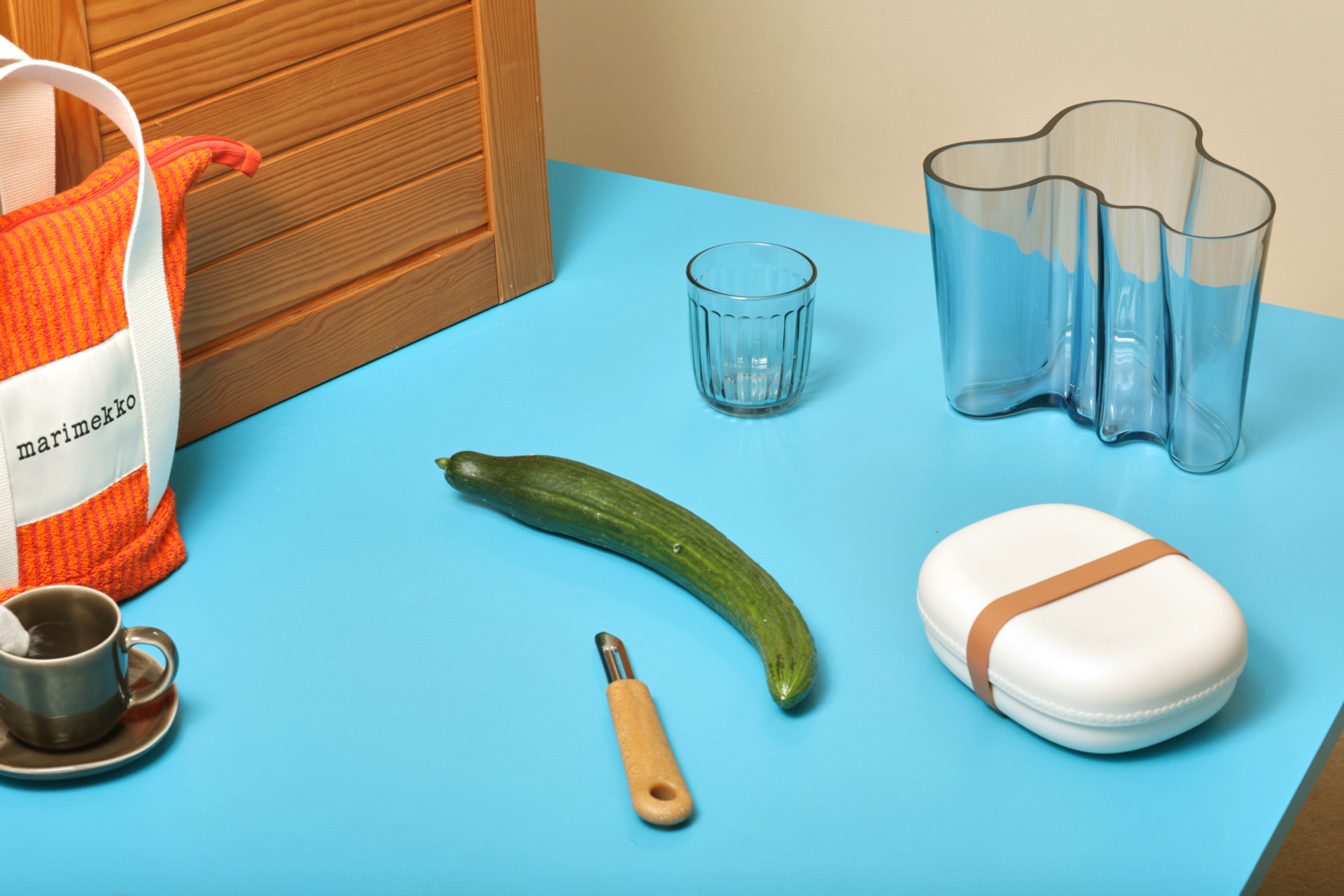
Habitare Choice esittelee ajatuksen kestävästi toteutetusta kodista ja asumisesta
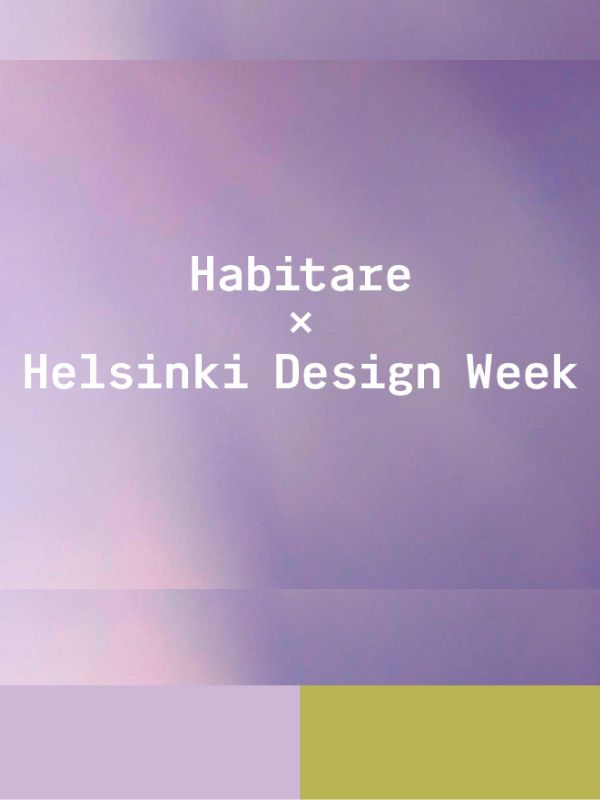
Habitare ja Helsinki Design Week yhdistävät voimansa tulevaisuuden tekijöinä
Tunnelmia vuoden 2024 Habitaresta
Seuraa Habitarea somessa
Yhteistyökumppanit
Etsitkö näitä?
Tilaa uutiskirje ja liity mukaan Habitaren messuklubiin!
Tilaa uutiskirje


